What’s in and out for food trends in 2024? These industry experts weigh in
Hello and goodbye
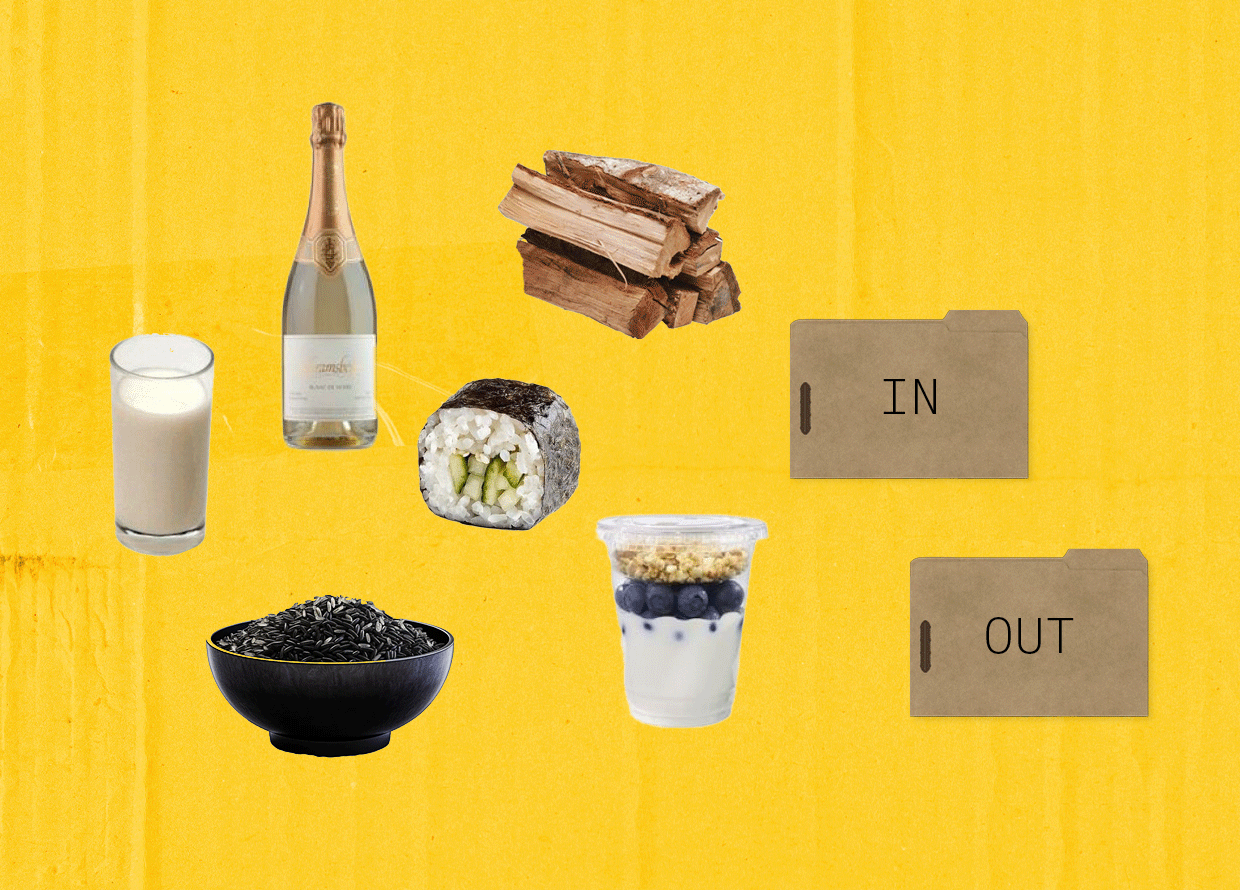
Predictions for the 2024 year recently overtook the Internet, flooding TikTok For You Pages, Instagram grids, and X feeds. Often cheeky and insightful, these predictions took up space in every corner of social media from your everyday users to popular creators. Covering subjects as niche as the meanings of tattoos to the more general morning routines, these lists seemed to touch on all parts of life and kept us wanting more. We’ve decided to add our two cents to the narrative and asked local food and beverage industry experts what trends they think are in or out this year.
INS
Woodfire and coal cooking
We’ve seen an uptick in woodfire-focused restaurants recently and Nicholas Ng, the food writer behind @foodforthoughtmy, firmly believes they are here to stay and will continue to thrive. “People are looking for simpler food but with a caveat that it must be done well,” shares Ng. “With the simplicity of open fire cooking, there is nowhere to hide—it’s either done well or it’s not. Also, a note to restaurants: don’t remove the char, that’s the whole point.”
Monkey head mushrooms
As we’re introduced to more plant-based alternatives for meats and beyond, we get acquainted with some lesser-known ingredients and vegan hacks that do the trick when replacing animal products. One of the more popular ones we’ve seen is monkey head mushrooms AKA lion’s mane mushrooms. “Monkey head mushrooms are becoming popular for their meaty texture and almost flavourless disposition that lets them take on the flavours they’re cooked with,” says Ng. “Those traits make it one of the most versatile ingredients out there in addition to its proven health benefits for neural enhancing. You’ll see it in all its forms, from tempura deep fried to soups, and of course, on vegetarian and vegan menus.”
Champagne every day

Should champagne continue to be a “special occasions only” drink? Group Sommelier at Potager and Oeno Wine Lounge and Tapas Dennis Chong doesn’t think so. “Bubbles will no longer be only for holidays and celebrations,” predicts Chong. “We expect to see many diners ordering champagne by the glass or popping a bottle open at regular dinners and get-togethers. The trend is to celebrate even the ordinary as special.”
Community-driven collaborations
Masashi Horiuchi, executive chef at Potager and Entier, is a huge believer in the power of community. We’ve seen many four-hands, six-hands, and even eight-hands meals in the last year and Horiuchi believes they are here to stay. “We envision hosting chef exchanges, masterclasses, and joint events that ignite creativity and inspire future generations of culinary stars,” states Horiuchi. “I encourage collaborations where we can all nurture a spirit of generosity and open exchange, where knowledge flows freely, and every experience becomes the foundation and story for our next innovation.”
Fresh yuba sheets
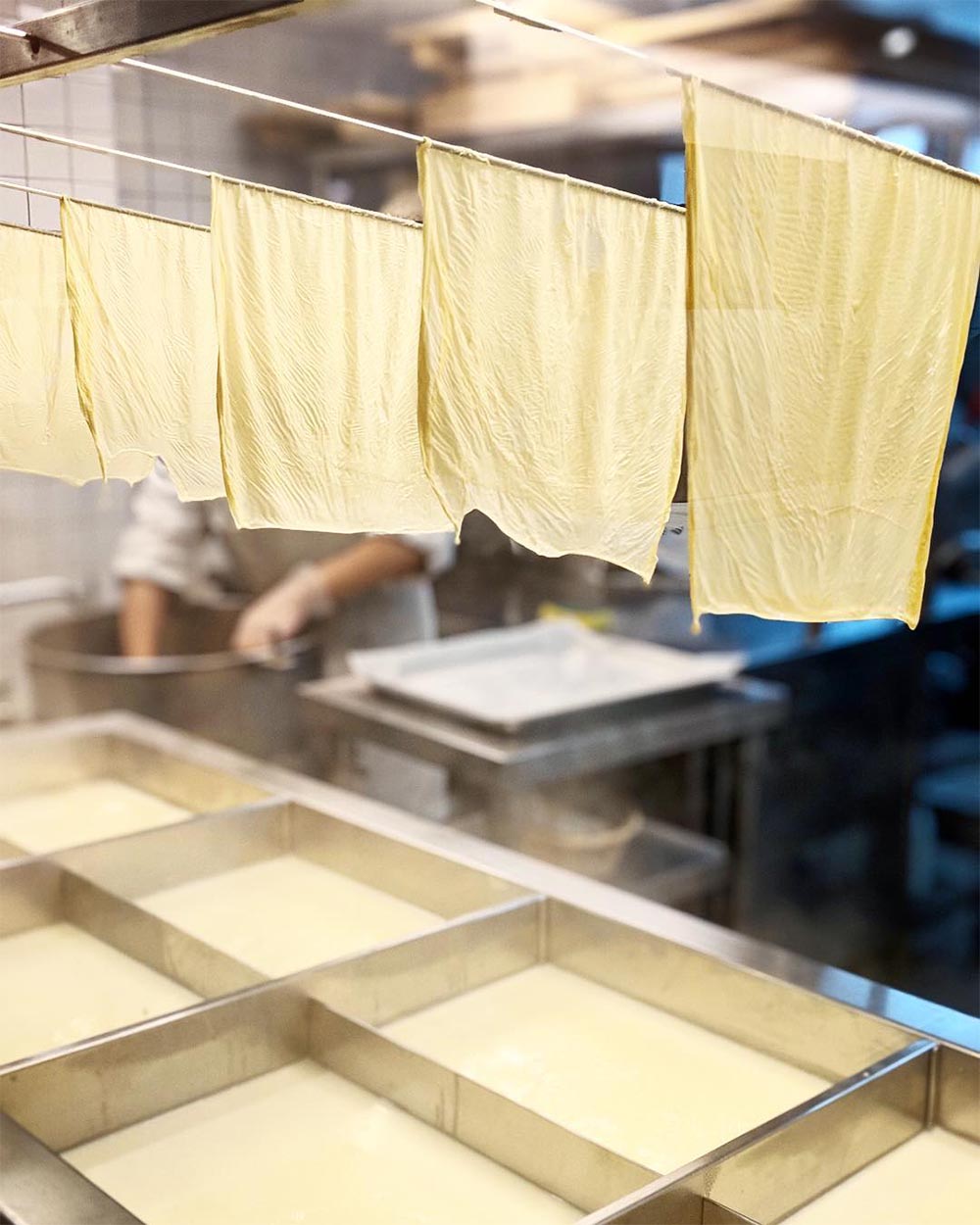
Yet another plant-based alternative we might be seeing more of, yuba sheets might be the next big thing, according to recipe developer and content creator Elliz Azhar of @thekampungvegan. “These sheets have a delightfully unique texture with a soft, bouncy silkiness, distinguishing it from the dried variety,” elaborates Elliz. “They’ve also got a satisfying bite akin to an egg omelette.”
Cocktail-format events
Say goodbye to long, drawn-out events and say hello to quicker, more candid events. “Cocktail-format events and tastings can provide for a less formal introduction to any subject like food, wines, and spirits,” explains Aja Ng, food writer and marketing consultant. “People have a shorter attention span and less time these days so it’s easier for them to commit to an event that’s brief.”
Citrus solution in drinks

On the cocktail end of things, Here & Now’s head bartender Affie Adut foresees an increase in the usage of citrus solution, or citric acid, in drinks. “Citrus solution—or our homemade artificial citrus juice—is great for consistency in drinks and isn’t easily spoiled,” shares Affie. “It’s also cost-friendly and sustainable. I’d spend less on a packet of citric powder than 15 to 20 kilograms of lemons. For high volume bar prep, there’s also less waste to throw out and it takes less time to make.”
Sustainable wines
Last year saw an increased love and appreciation for natural wines and Chong thinks the bigger genre of sustainable wines will take a front seat this year. “Many wine producers are taking it upon themselves to sound the alarm on how produce is grown and become changemakers,” notes Chong. “Expect to see an increase in the number of back labels talking about sustainability, low-intervention methods, and organic or biodynamic farming.”
OUTS
Almond milk
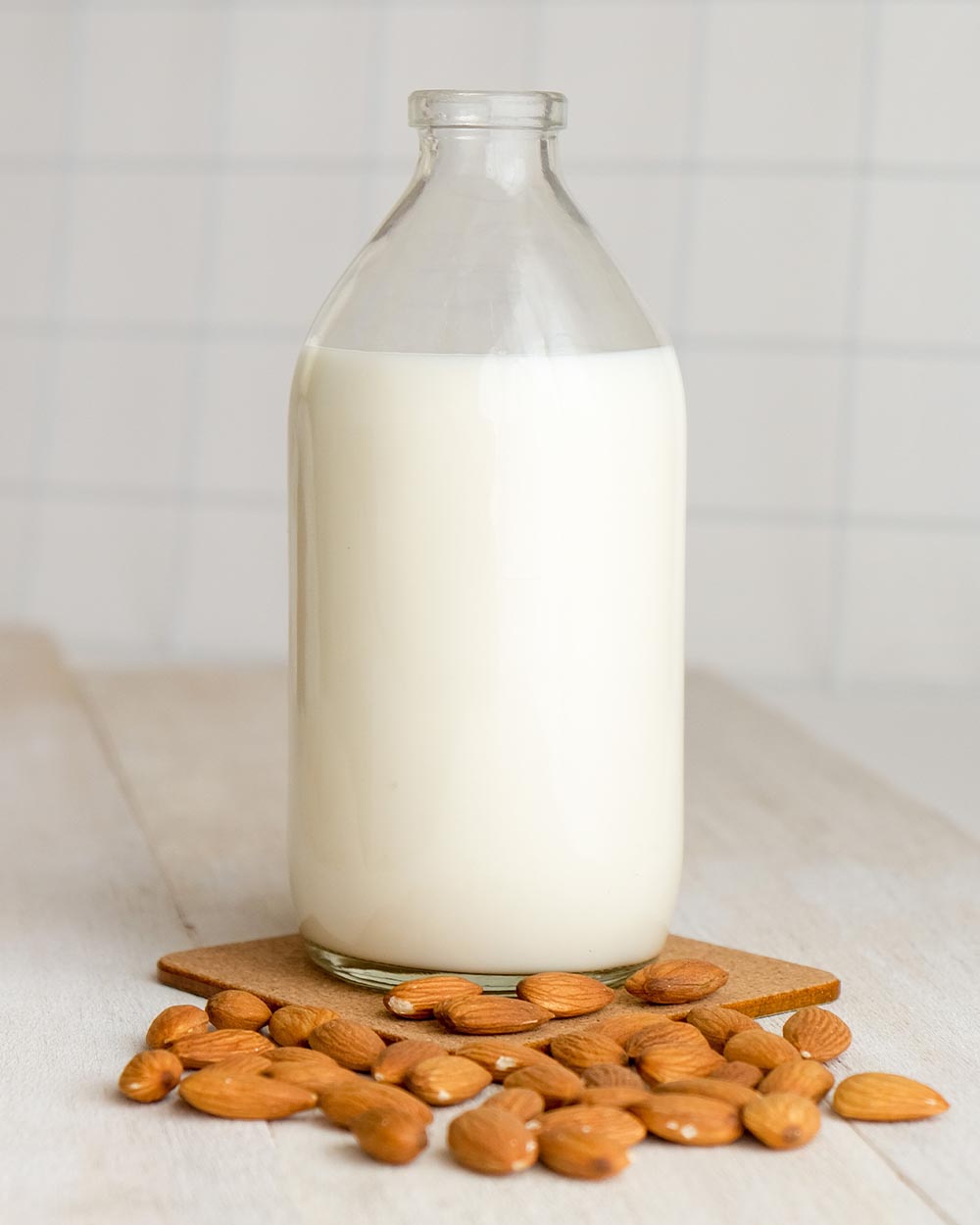
Another plant-based alternative that is forecasted to be out this year is almond milk, says Elliz. “The majority of packaged almond milk actually contains very little almonds,” shares Elliz. “They’re watery and lack creaminess, and those that are actually creamy are pumped full of gums and oils. Also, almond milk production requires a lot more resources to produce when compared to that of soy or oat milk.”
Old World vs New World
According to seasoned sommelier Chong, gone are the days of classifying wines by their Old World’ and New World labels. Calling them outdated, Chong explains that progress in wine production and styles are major factors in why these labels are on their way out this year. “There have been so many factors that have made [these labels] obsolete because wine styles have changed, grape varieties have seen wide migration, and of course, climate change has made its impact heard,” elaborates Chong. “Plus, the expansion of wine production and consumption to the non-traditional winemaking regions has just seen this division get turned on its head.”
Trendy food
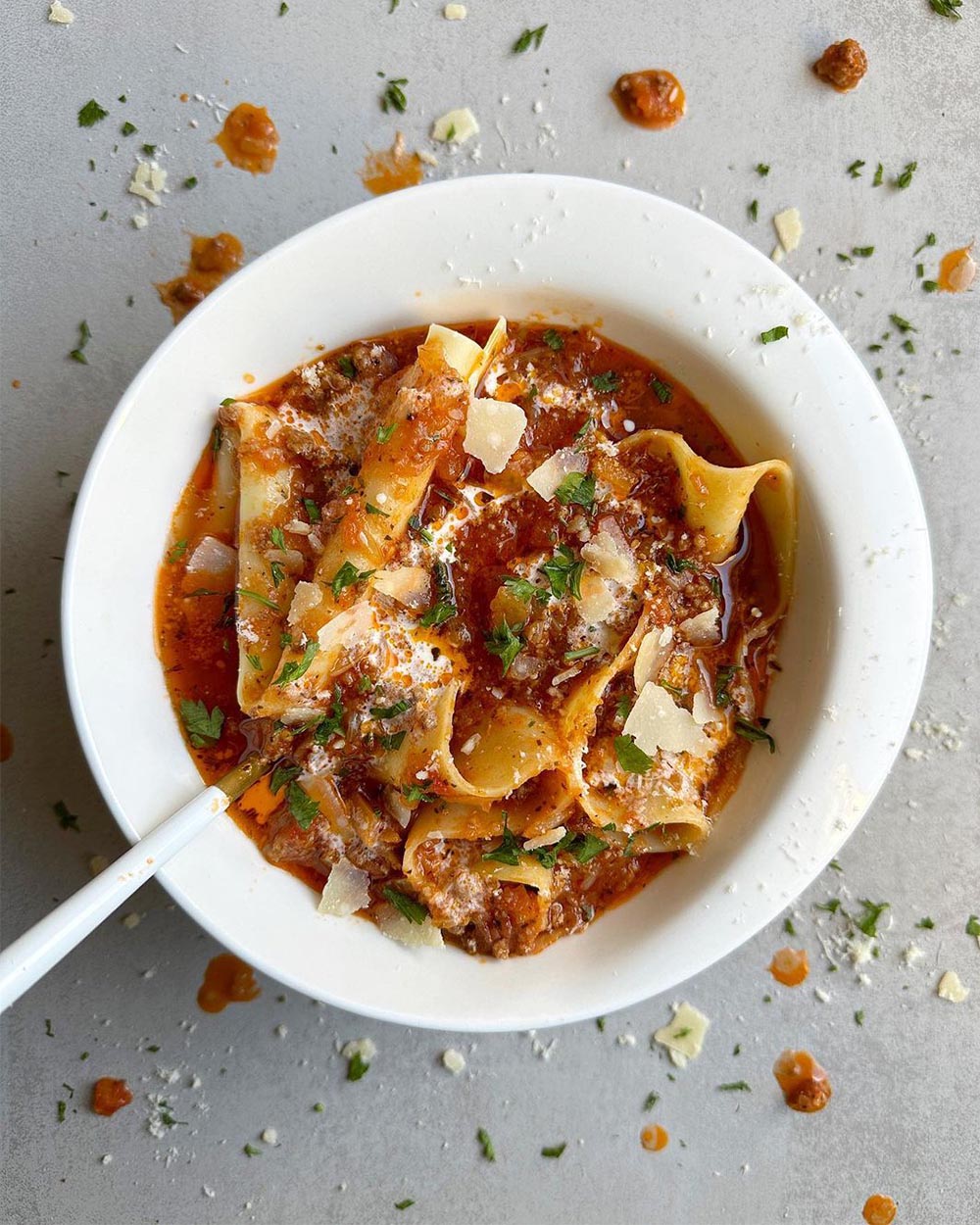
If there’s one thing the Internet has excelled at popularising and globalising, it’s trends. As we saw with lasagna soup and Dalgona coffee, food has been no exception to waves of trends. For 2024, chef Horiuchi is ready to leave the notion of innovating by trends behind. “At Potager, we believe in letting the bounty of the seasons guide our creativity,” comments Horiuchi. “Instead of chasing trends, we embrace the unique flavours and textures each harvest brings, crafting dishes that sing with the vibrancy of nature. Our menu is a conversation with the land, a dynamic dance between what’s flourishing and what is at its peak. We believe this approach leads to more honest, authentic dishes that connect diners to the natural world and the hands that laboured.”
Surface-level sustainability
No more performative sustainability practices! “Surface level sustainability will be out,” declares Nicholas Ng. “This is where restaurants try to claim sustainability without looking at the chain of supply or bigger picture. It’s not enough to say you’re championing sustainability by using lobster shells to make lobster stock … that’s the only way to make it traditionally anyway. As diners become more educated, they will start to see through the gimmicks.”
Martini glasses
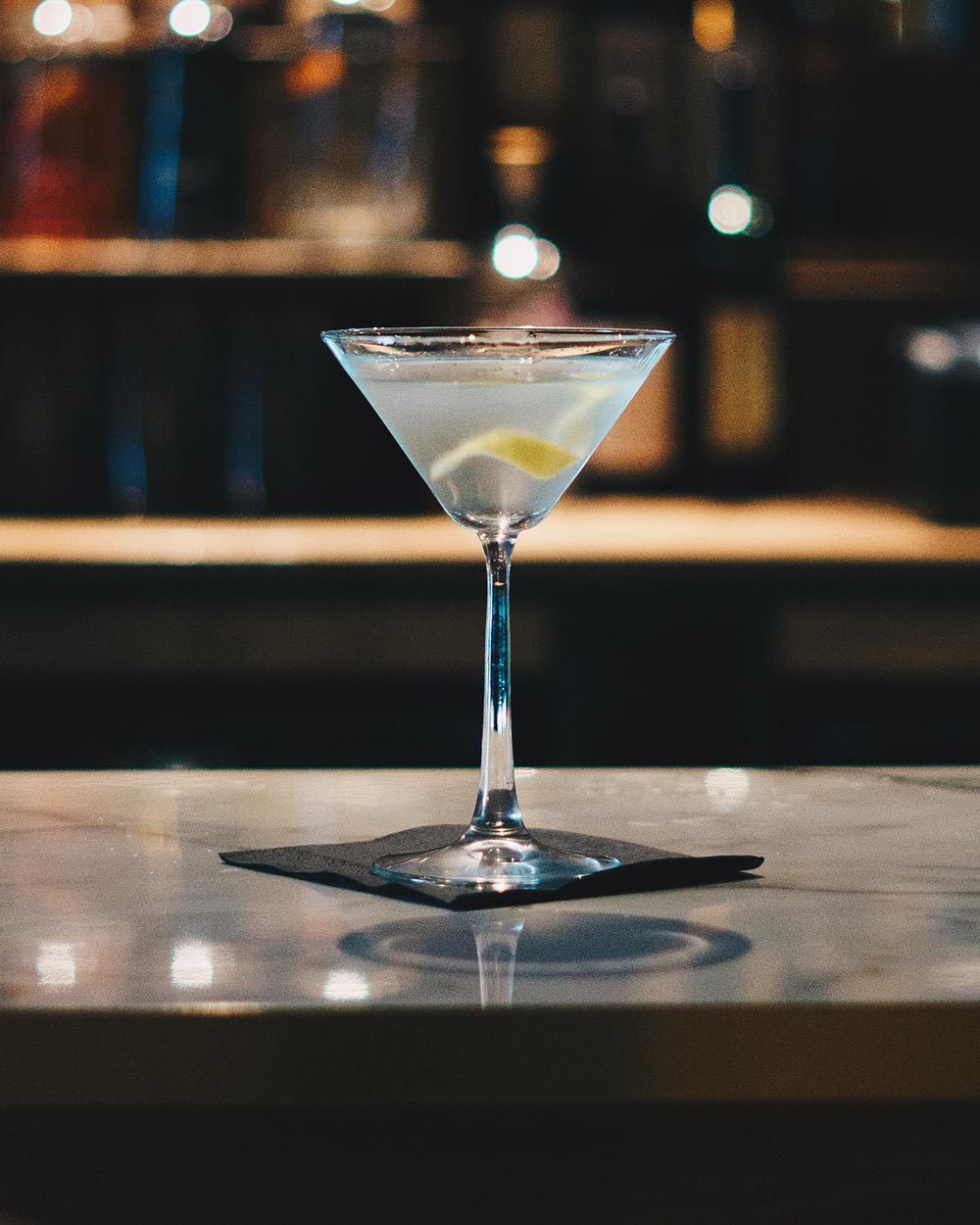
Move over, martini glasses. Make way for the new glass on the block: Coupe glasses. “Most bars rarely use this iconic glass nowadays and prefer using Coupe glasses instead,” shares Affie. “The reason for this may be that martini glasses simply aren’t tray-friendly and are prone to spills. On top of that, the rims of martini glasses chip easily.”
Calling foods “fusion” haphazardly
When describing foods that combine influences, techniques, and flavours, we’re unfortunately used to simply labelling them as fusion cuisine. However, Aja Ng believes using the term “fusion” lightly needs to be left behind in 2023. “The original fusion foods such as Nyonya, Kristang, and Creole are the results of generations of intermelding cultures’ cuisines, so their techniques and results are pretty learned,” explains Ng. “Any modern-day fusion cannot be taken lightly and simply be an amalgamation of two. Instead, it should be a well-thought-out and balanced result of much research, development, and tasting.”
Instant oats
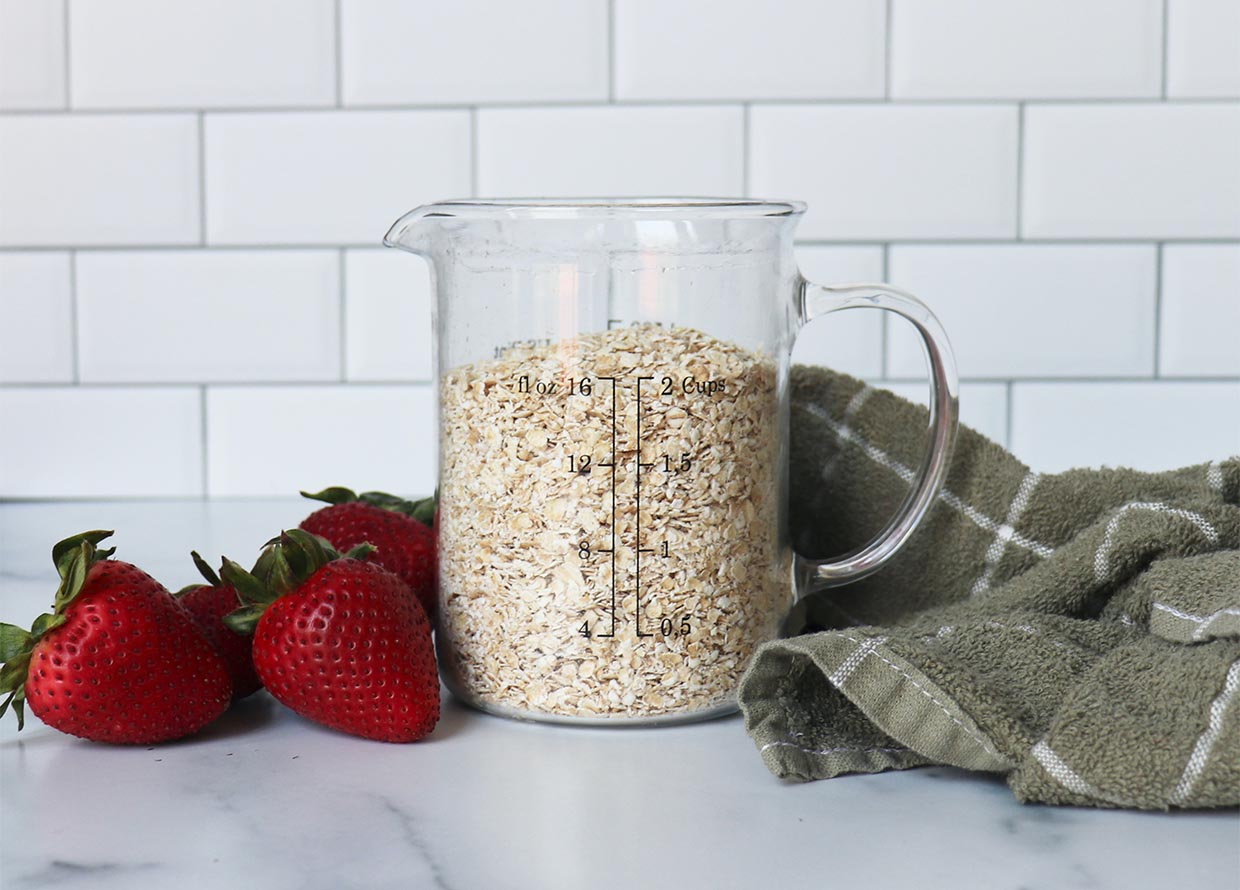
Usually a quick and easy breakfast, instant oats are on their way out the door, according to Elliz. “Although fast to prepare, the bland paste-like texture and [lack of] taste leave little to the imagination,” states the plant-based content creator. “Plus, they hit you with a higher glycemic index, unlike steel-cut or rolled oats.”
Mediocre omakase
The local landscape is filled to the brim with omakase and sushi-focused Japanese eateries. According to Nicholas Ng, we can expect to see those that serve subpar sushi shutter their doors. “A result of the time when the world was under Covid-19 restrictions, these mediocre omakase joints will not be able to continuously sustain themselves,” predicts Ng. “Diners will be pickier for quality, especially with loud budgeting becoming a trend. The ones that are really good will thrive, while the ones that depended on travel restrictions will wither away.”
For more stories on food and drink, click here.
| SHARE THE STORY | |
| Explore More |




